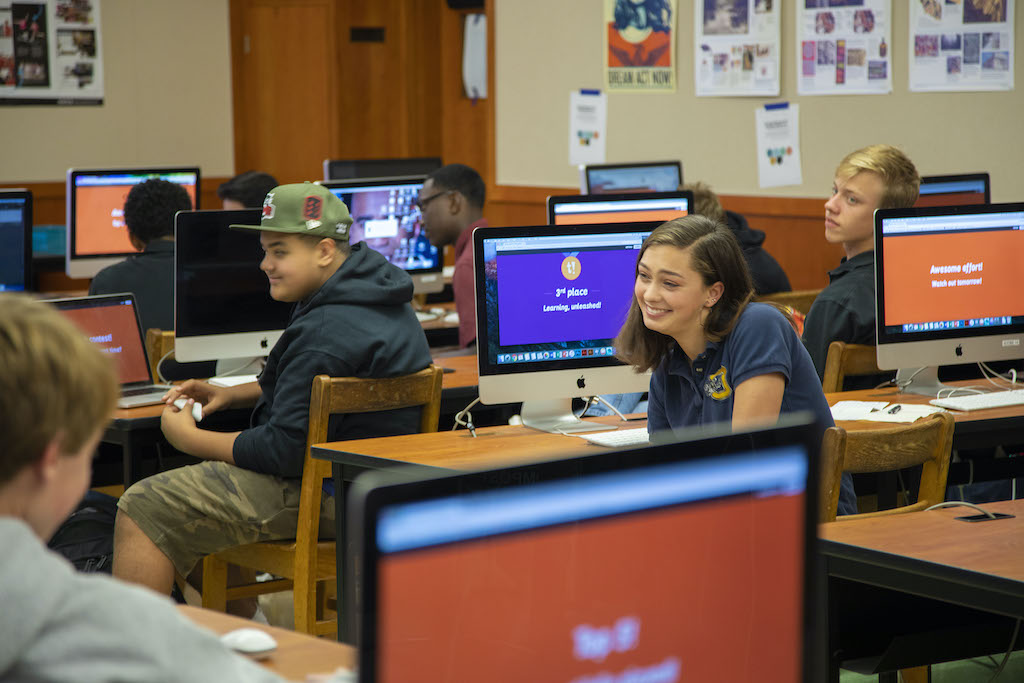As the Kahoot! movement has continued to grow in schools across the world, with more than 6 million teachers and 800 million students using Kahoot! in over 200 countries, researchers across the globe have studied the impact of using Kahoot! in the classroom on student learning outcomes. A recent article from Elsevier’s Computers & Education, the leading journal on computer-supported education, authored by Rabail Tahir and myself, took a comprehensive look at this research by conducting a literature review of 93 studies showing the effects of using Kahoot! for learning.

A positive effect on learning from kindergarten through college
The qualitative and quantitative studies were chosen on the basis of relevance (experiments, case studies, or similar research focused on Kahoot!), academic rigor, and credibility. After collecting and analyzing data from nearly 100 studies, the authors concluded that, “Kahoot! has had a positive effect on learning performance, classroom dynamics, attitudes, and anxiety” both in higher education and K-12 contexts.
The reason for Kahoot!’s effectiveness, the research concluded, is Kahoot!’s focus on improving learning outcomes by boosting engagement, participation, and motivation through competitive, game-based learning experiences.
Game dynamics have proven an effective strategy to enhance learning, as students are intrinsically motivated through play, curiosity, and a desire to win, leading them to learn without realizing it. Among the studies included with statistical significance tests, 70% showed that Kahoot! significantly raised students’ final grades or test scores, compared to other teaching methods.
Fostering positive attitudes in the classroom
The positive impact of using Kahoot! in the classroom isn’t limited to grades or test scores either. The review cites a multitude of studies that illustrate how Kahoot! improved classroom dynamics and created a safer, more positive learning environment.
Studies reported that classes using Kahoot!—especially those that used it often—saw increased attendance, student participation, engagement, motivation, as well as interaction between students and teachers and students and peers.
One of the challenges that some studies noted is teachers’ concern that the element of competition would increase students’ anxiety. However, nearly all of the studies that examined this effect found that Kahoot! actually reduced student anxiety, compared to traditional teaching approaches or other online tools.
Students who played Kahoot! in the classroom reported feeling more confident answering quiz questions, particularly with Kahoot!’s option to play anonymously, and also felt more comfortable asking questions in the discussion period of class. Teachers confirmed this finding, as they reported an increase in their students’ participation—even among shy students—as well as improved concentration, motivation, and understanding of the content.
The review concludes that the use of Kahoot! in schools has a positive impact on student learning, in both higher education and K-12 classrooms. With the majority of teachers and students in these studies reporting improved classroom dynamics and student confidence, the research supports this as it shows Kahoot!’s positive effect on learning outcomes. These findings further uphold the idea that engagement, motivation, and fun correlates with stronger learning performance.




